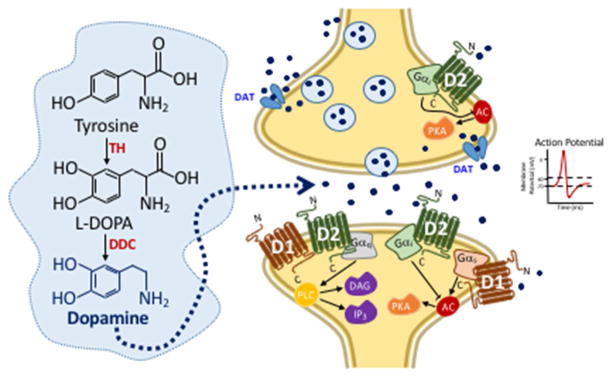Figure 6. Illustration of Dopamine Neurotransmission.
In neurons, the amino acid, tyrosine, is converted to dopamine by two enzymatic reactions. First tyrosine is converted into L-dihydroxyphenylalanine (L-DOPA) by the rate-limiting enzyme, tyrosine hydroxylase (TH), which is then converted into dopamine by the enzyme, DOPA decarboxylase (DDC). Dopamine can be released by neurons into the synaptic cleft via two distinct mechanisms, which are labeled 1 and 2. First, after an action potential has been generated (1) or through the dopamine transporter (DAT) via efflux mechanism (2). Upon release of dopamine into the synaptic cleft, dopamine can bind to G protein-coupled dopamine D1--like or D2-like receptors to regulate downstream signaling mechanisms involving protein kinase A (PKA), diacylglycerol, or inositol triphosphate (IP3). Gαi/s, the alpha subunit of the stimulatory (s) or inhibitory (i) G protein. PLC, phospholipase C. AC, adenylyl cyclase.

